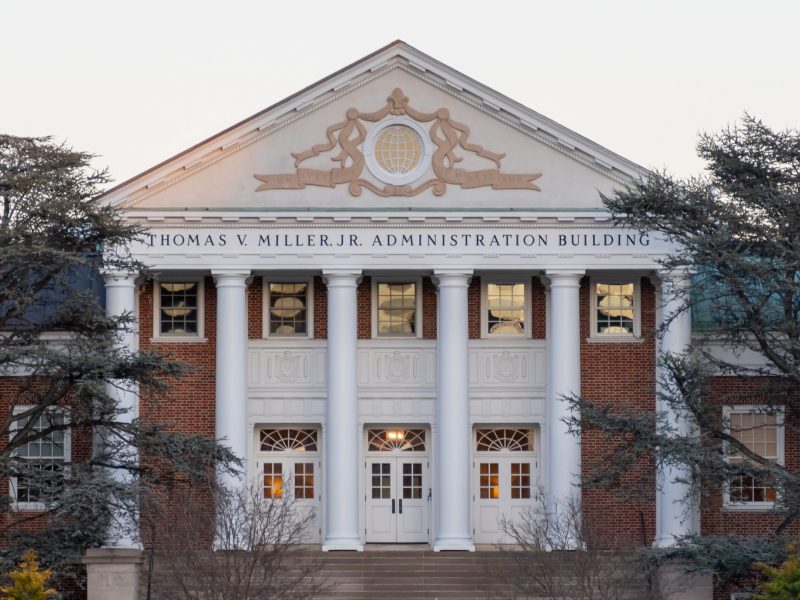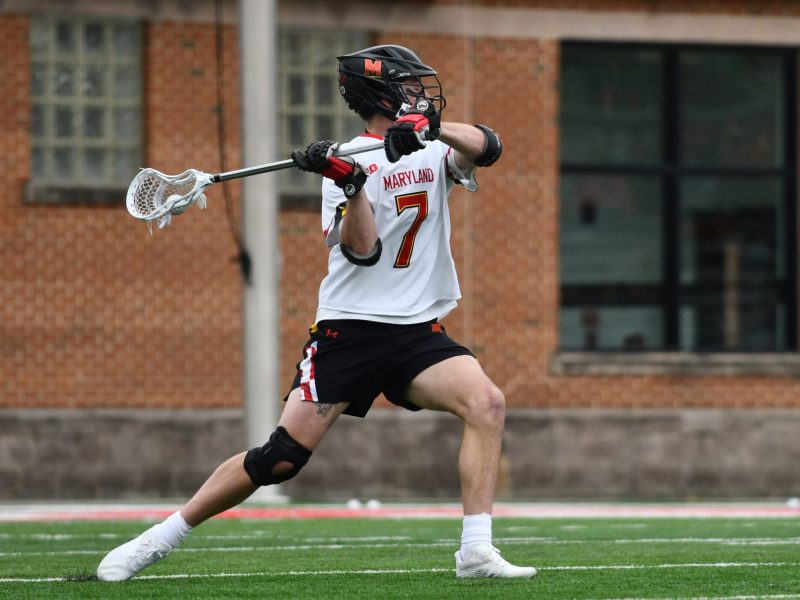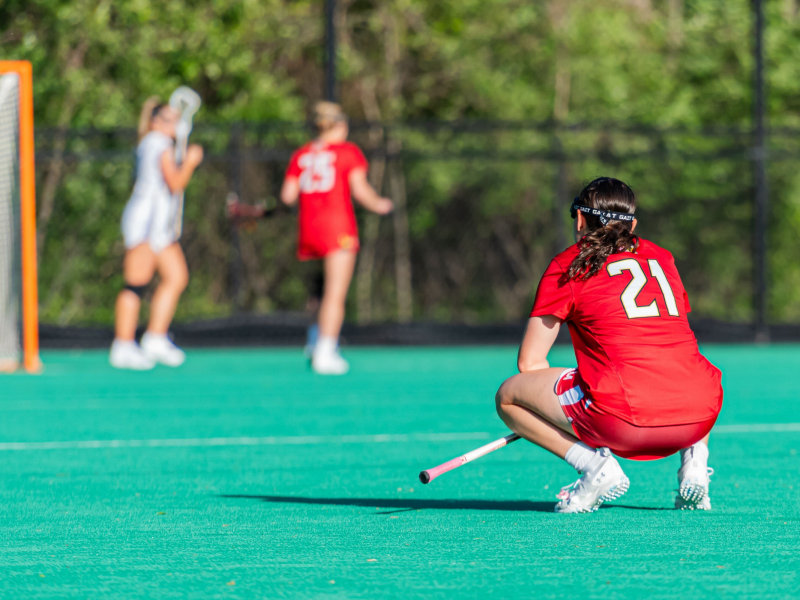As commuters looked to cut spiraling gas bills last year, the campus saw a rising trend of bicyclists pedaling city and campus streets. But University Police also noticed a trend: bicycles being plucked from storage racks by thieves.
Freshman engineering major, Vincent Smith, said his bike was stolen the first week of school outside his classroom, even though it was locked up.
“I couldn’t do anything about it,” Smith said. “The only thing the university can do is put cameras where people keep their bikes.”
But University Police aren’t the only agency trying to keep up with the pressing need for bike security. When the Department of Facilities Planning conducted a survey of bicyclists last September, they found that as many as 3,000 bikes traverse university streets and sidewalks each day, leading officials to rethink storage facilities for bicyclists.
Police have assigned a task force to address the bike thefts, and facilities managers have installed more bike racks, just as the rising number of bikers appears to continue.
At downtown College Park Bicycles downtown, manager Charles Pleisse said the sales trends show no signs of abating.
“It’s a consistent, slow growth,” Pleisse said. “For students living in a 10-mile radius, it just makes sense to bike so they don’t have to pay for gas and parking.”
Students in off-campus housing such as Guy Cole, a graduate student studying public policy, said bikes have proved more convenient because the buses were unreliable.
“Last year, I rode my bike because the bus schedule was inconvenient,” Cole said.”This year, no bus comes where I live [in Parkside Apartments].”
Among concerns for bikers is the rush during the change of classes when the sidewalks are flooded with students: “I try to beat the rush between classes,” said Scott Watson, a junior engineering major. “At 12 o’clock at McKeldin Mall and University Boulevard, people and cars are everywhere.”
City traffic is a concern for bikers as well, and Kara Martin, a graduate student in mechanical engineering, was once hit by a car that didn’t stop at a crosswalk. She was not seriously injured, but said she is now wary when driving near busy roads.
“I am more cautious when I ride my bike at those busy times because I know traffic is a lot worse,” Martin said. “I tend to ride slower when leaving campus.”
City officials said they’ve been working toward making College Park more accommodating to bike riders, both for safety reasons and to reduce traffic. City planner Elisa Vitale said the Trolley Trail, a bike path that runs parallel to Route 1, is close to completion and should provide bikers an alternative to riding on busier stretches of road.
“The trail will definitely provide alternative means for transportation,” Vitale said of the Trolley Trail. “It will allow people to get out of their cars.”
Planners are also finalizing plans for a trail near Calvert Road that would extend to Paint Branch Parkway, but the city has not yet funded the project, Vitale said. A plan to widen Route 1 to include 5-foot-wide bike paths on each side remains similarly unfunded.
Daniel Hayes, a planner in the facilities department, said officials have begun trying to address bikers’ needs by creating maps showing bike routes on and around the campus. He added that more bike racks were added around the plaza near the Tawes Building and the Benjamin Building to accomodate the influx of bikers, and more are being added outside popular classroom buildings, dorms and apartments on the campus.
But students have been increasingly concerned about leaving their bikes in the rain, and Hayes said his department is exploring installing shelters.
“I worry about rain damage, and I wish there were more sheltered areas,” Watson said. “I hope it doesn’t rust too quickly. I already had to replace a lock because it rusted over.”
Contact reporter Kaitlyn Seith at seithdbk@gmail.com.


